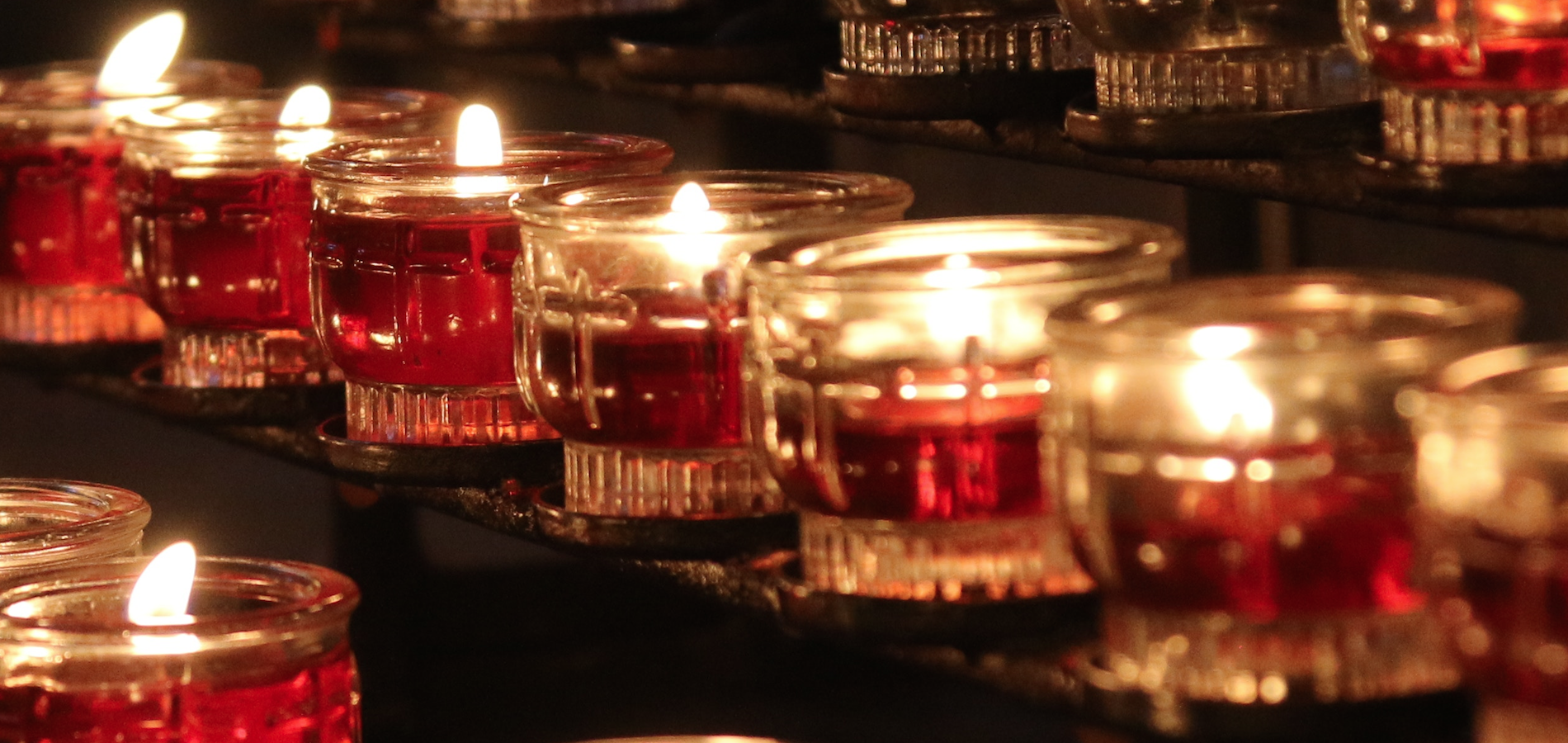
How Haman Used “Purim” (Lots) To Terrorize Jews
The Jews are facing annihilation. This time, there seems to be no way out of their predicament. The king has issued a decree, and once the king has issued a decree there is no way of rescinding that decree. Yet, miracles of miracles, the Jews triumph! Out of seemingly nowhere, Esther, the quiet niece of the leader of the Jews, Mordechai, who just happens to have been chosen as the queen, solicits help from King Achashverosh. Together, she and Mordechai are able to put a new law in place allowing the Jews to defend themselves from their enemies before they can be wiped out… and so the Jews are saved from certain death.
It’s a dramatic story with incredible characters. Esther was passive until she made the heroic choice to risk her life to save the Jews and in doing so, becomes a legendary heroine. Then there’s Haman, an incredible egomaniac who had everything, but that wasn’t enough for him. When he saw that the one Jew, Mordechai refused to bow down to him, he plotted a way to get back at him, a way that would eventually prove to be his downfall. There are enough plot turns in the story to keep you turning the pages — from the servants who are overheard plotting to poison the king, to the king’s sleepless night when Haman arrives asking permission to hang Mordechai and leaves with explicit instructions to parade his arch enemy through the streets of the capital, giving him all the honor.
It’s a dramatic story, worthy of being commemorated with a joyous festival! Now, what would you name this festival? Would it be, “saved”? Would it be “hope,” in commemoration of how hopeless the situation seemed?
The name may surprise you. The festival is named Purim, which means lots. It is named to commemorate Haman’s decision to annihilate the Jews. In his plan, he decided to use a lottery system to decide on which date they were going to die. It’s such a small part of the story, you could be forgiven for not even noticing it. So why does it warrant the festival being named for how Haman decided on the date of the Jew’s destruction?
It was actually a calculated move by Haman. Haman was employing some psychological tactics in his war against the Jews. He wanted to send a clear message to the Jews, and that message was this: “You think you are God’s chosen nation? Not only am I going to put some laws into place to wipe you out, but the way I’m going to decide when you die is going to be completely random. I’m going to pick the date of your end out of a hat.” He was telling the Jews, there is no plan. Your fate, whether you as a nation survive is completely random. And that is terrifying, like modern day terror attacks are meant to instill fear of the potential threat.
He understood that when a person goes through life thinking that everything is random, life can become really scary. Mordechai, on the other hand did not buy into this worldview. He knew that despite how terrifying things looked, there was a master plan and that plan revolved around G-d’s promise that there will always be a Jewish people.
This little part of the story really was the point of conflict between Haman and Mordechai’s worldview. Ultimately Mordechai triumphed and all the parts of the story, which at the time seemed random, came together to show a beautiful Master Plan. The holiday is named Purim to remind us that no matter how random and difficult life may seem, there is always a Master Plan. No matter how uncertain things feel, take joy and comfort in knowing that life is being orchestrated by G-d who wants the best for you.
If you found this content meaningful and want to help further our mission through our Keter, Makom, and Tikun branches, please consider becoming a Change Maker today.







